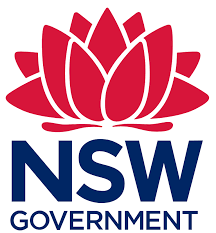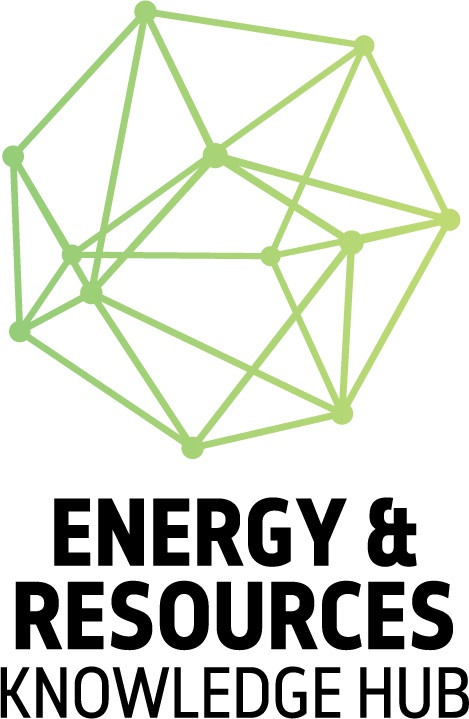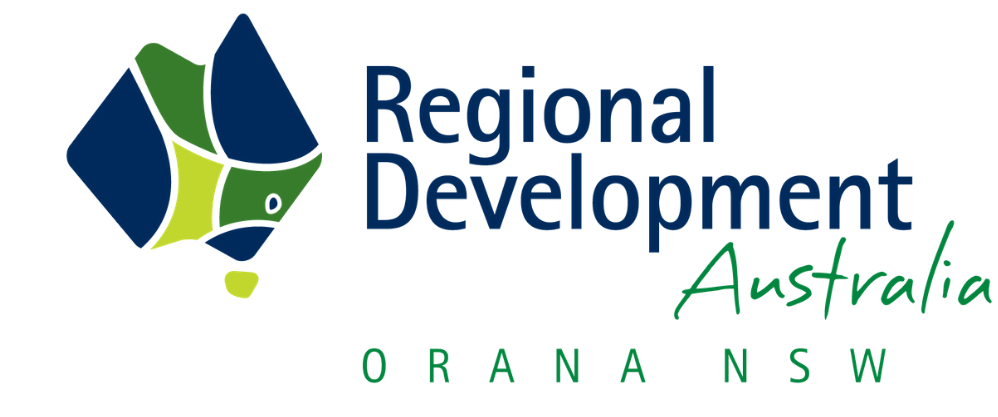Draft Pacific Hydrogen Roadmap to debut at COP29
A UNSW and Australian Government led team are set to release the draft Pacific Hydrogen Roadmap at COP29, detailing hydrogen’s potential for clean energy transformation across the Pacific Island Countries and Territories (PICTs)

At the COP29 climate conference in Baku, set to take place from 11 to 22 November, Dr Rahman Daiyan and Professor Iain MacGill from the University of New South Wales (UNSW) will lead a team unveiling a draft of the Pacific Hydrogen Roadmap.
This roadmap, developed in collaboration with key international partners, and funded by the Australian Government, offers a framework to harness hydrogen as a major tool for decarbonisation across the Pacific Island Countries and Territories (PICTs).
The roadmap is part of the response to the Efate Outcome Statement, released in May 2023 during the Fifth Pacific Regional Energy and Transport Ministers’ Meeting in Port Vila, Vanuatu. The Efate Statement highlights green hydrogen and its derivatives as critical tools in the shift toward low-carbon energy systems across the Pacific region. Recognising this potential, Pacific ministers endorsed a time-bound strategy for regional hydrogen development.
Responding to this request, the Australian Department of Climate Change, Energy, the Environment and Water (DCCEEW) took the lead on drafting the Pacific Hydrogen Strategy, in partnership with UNSW Sydney, the International Renewable Energy Agency (IRENA), the Pacific Community (SPC), and the University of South Pacific (USP).
Aimed at decarbonising the PICTs' energy landscape, the strategy will include three comprehensive reports that assess hydrogen’s feasibility and potential applications in the region. Report A will outline hydrogen’s broad opportunities, while Report B examines existing and emerging hydrogen technologies that can serve the Pacific’s needs. Report C will focus on the technical and economic conditions for hydrogen production in the PICTs, assessing local energy resources, available land, and necessary infrastructure.
The roadmap’s release at COP29 will mark an important step toward achieving PICTs’ Nationally Determined Contributions (NDCs) and long-term net zero goals. Decarbonising will help reduce the PICTs’ heavy dependence on imported fossil fuels, which accounts for the bulk of the region’s energy needs and exposes them to volatility in energy prices and supply security risks.
While the PICTs' fossil fuel use is relatively low compared to larger nations, they face disproportionate risks from climate impacts. The draft team estimates that the power sector in PICTs currently consumes 14 million barrels of diesel equivalent annually, contributing about 6 million tonnes of CO2 emissions. Replacing this with hydrogen or renewable electricity could reduce fossil fuel imports by approximately USD $1.3 billion.
The roadmap also explores replacing the 7.4 million barrels of diesel used in land transport, which could save an additional USD $680 million and eliminate 3.2 million tonnes of CO2. Maritime and aviation sectors, critical for connecting remote communities, could similarly benefit, with potential savings of around USD $134 million by shifting away from 1.4 million barrels of diesel use.
In addition to the reports, the team is working on developing an open-source tool for technoeconomic assessments of hydrogen projects specific to the Pacific context, which will allow for regional capacity-building. Masterclasses and knowledge resources will also be made available to prepare PICTs to integrate hydrogen into their economies.












